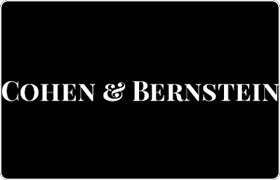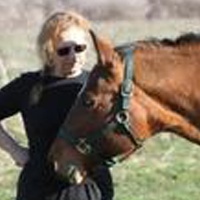 Bovina Center White Collar Crime Lawyers, New York
Bovina Center White Collar Crime Lawyers, New York
Sponsored Law Firm
-
 x
x

Click For More Info:
-
Cohen & Bernstein, L.L.C.
1360 Clifton Ave #309 Clifton, NJ 07012» view mapCriminal Defense We’re In this Together!
We work hand in hand with our clients to ensure all of your questions are answered and progress through your legal issue is seamless.
800-978-7341
Not enough matches for Bovina Center White Collar Crime lawyer.
Below are all Bovina Center Criminal lawyers.
Sponsored Lawyers
1-4 of 4 matches
Divorce & Family Law, Criminal
Tracy Donovan Laughlin is a practicing lawyer serving Otsego County in Cherry Valley, Cooperstown, and Oneonta, New York as well as the surrounding counties with offices located in Cherry Valley and Oneonta. Located 40 minutes or less from the county seats of Otsego, Herkimer, Montgomery, Schoharie, Chenango, and Delaware Counties. Practice has been focused on meeting the needs of families since 1995 in areas of Custody & Visitation, Child Support, Divorce, (both contested and uncontested matrimonials), Adult Guardianships, and Trust & Estates. Experienced Senior Attorney with a demonstrated history of working with adult and child family members in the court system including, but not limited to, victims of family violence and sexual assault, as well as families and individuals plagued by mental illness and addiction. Skilled in Appellate Practice and Trial Practice, as well as Mediation and Dispute Resolution. Strong entrepreneurship professional with a MS focused in Criminal Justice and Planned Change from SUNY Albany - School of Criminal Justice. In practice with husband, Dennis B. Laughlin, for past 12 years.
(more)


 Lindsay Bernstein Clifton, NJ
Lindsay Bernstein Clifton, NJ Practice AreasExpertise
Practice AreasExpertise

